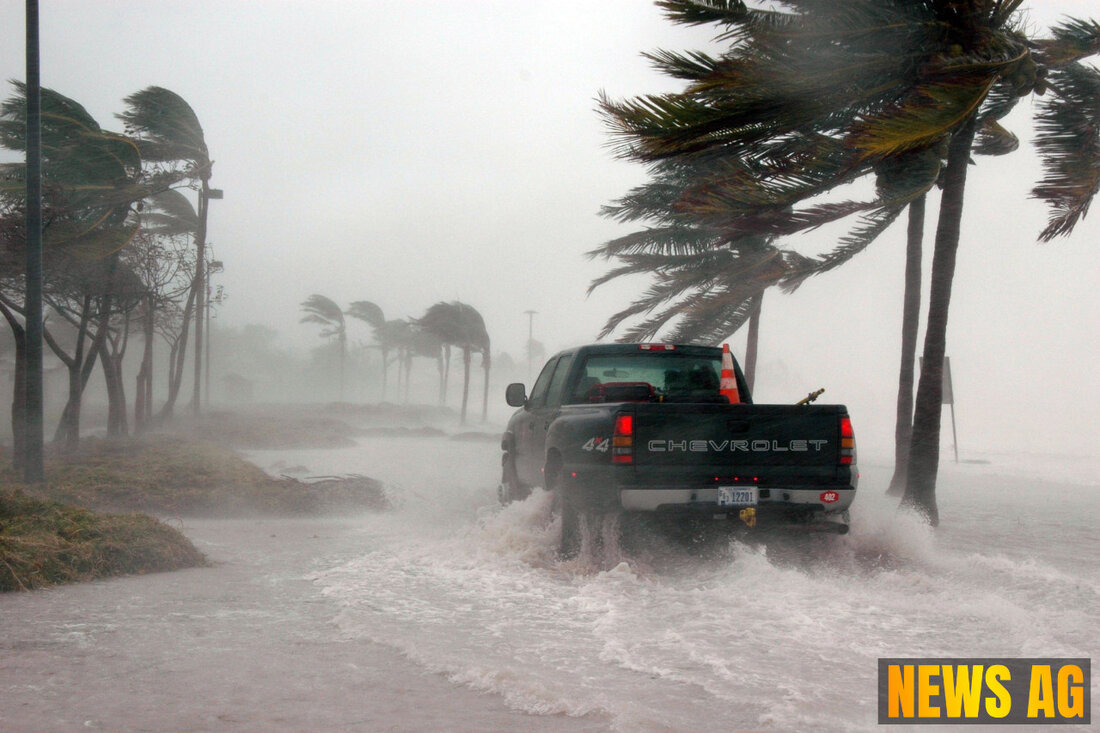Fernandina Beach Celebrates Early Completion of $20M Renovation Project!
A $20 million beach renourishment project at Fernandina Beach has completed ahead of schedule, crucial for coastal protection and ecology.

Fernandina Beach Celebrates Early Completion of $20M Renovation Project!
The sandy shores of Fernandina Beach have recently received a much-needed boost, as a $20 million beach renourishment project wrapped up months ahead of schedule. Completed earlier this month, the project spanned from Fort Clinch to Sadler Road, and crews were busy around the clock since its inception in May. Originally slated for completion in November, the workers finished the sand pumping last week, bringing timely relief to an area battered by past storms. As Jax Today reports, the federal government fully funded this undertaking as part of a broader storm recovery effort, addressing damages dating back to Hurricane Dora in 1964.
Beau Corbett, the project manager for the U.S. Army Corps of Engineers, highlighted the essential role that beaches play in land protection and storm defense. With this recent effort, the project involved dredging a substantial 750,000 cubic yards of sand from offshore—an approach that differs from the 2018 project, which sourced sand from the Kings Bay channel. This newly added sand not only fortifies the beach but also plays a pivotal role in supporting sea turtle nesting and hatching, making it an ecologically significant initiative.
Understanding Beach Nourishment
Beach nourishment projects like the one at Fernandina Beach are a widespread solution to shoreline erosion. According to NOAA, there are nearly 400 similar projects documented across the continental U.S., with a staggering total of approximately 1.5 billion cubic yards of sand placed. These numbers reveal just how significant such efforts are in combating coastal erosion, which, as it stands, is a growing concern due to various factors including extreme weather events and rising sea levels.
However, these projects come with their own set of challenges. Research published in the *Journal of Coastal Research* cites that over $15 billion has been spent primarily from federal funds on beach nourishment, yet the lifespan of added sand can often be disappointingly short, sometimes lasting less than a year. The ongoing ebb and flow of natural processes make it clear that this battle against coastal recession is far from straightforward.
The Future of Florida’s Shores
Florida stands out as the largest recipient of federal funding for beach nourishment, accounting for 27.4% of national projects. Not surprisingly, the state’s coastlines are particularly vulnerable, with factors such as reduced natural sand supplies and long-term sea-level rise creating a perfect storm for erosion. In fact, nearly 38% of Southern California’s shoreline and 14% of all U.S. coastlines have already been armored, a move that raises questions about potential ecological impacts and long-term sustainability.
- Total number of nourishment events: 3,633
- Total volume of sand used: 1,276,389,376 m³
- Estimated total cost: $15.7 billion as of 2022
Despite the initial intentions behind beach nourishment projects, the effectiveness and longevity of these endeavors remain hot topics of debate. Some critics warn that continuous renourishment may not be the best strategy given the financial and environmental implications. As Florida grapples with rising sea levels and more severe storms, a proactive approach to shoreline management that goes beyond temporary fixes may be imperative.
The local community has welcomed the reopening of Seaside Park’s on-beach parking, although the soft sand conditions currently restrict vehicle access to only four-wheel drive models. The removal of heavy equipment as part of the project is expected to wrap up in the coming weeks, marking the completion of this timely and crucial effort to bolster our beautiful beaches.
